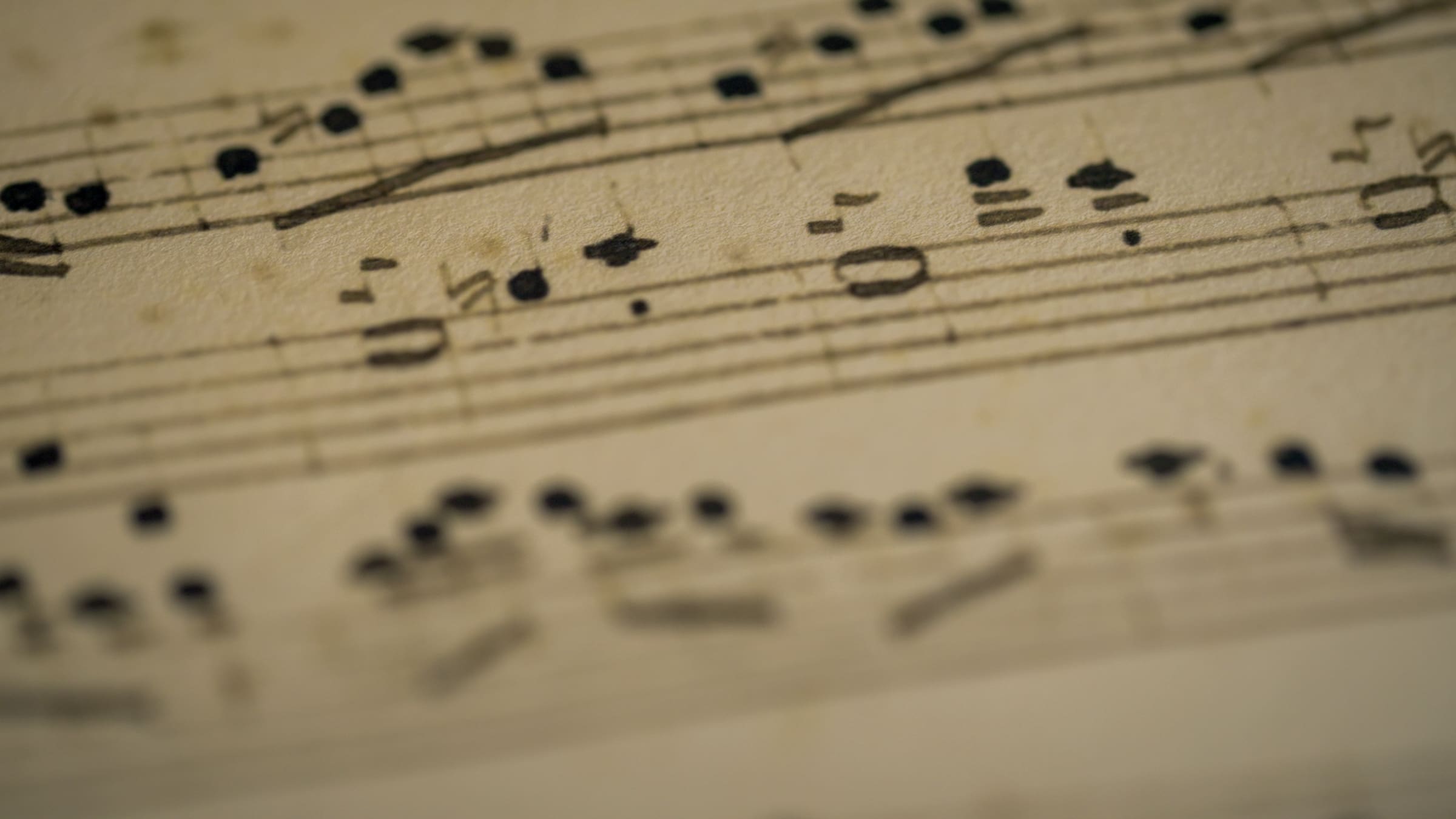/ Conversation
Amadeus
Amadeus, by Jason Blake, Limelight Magazine, 31 December 2022
The late Peter Shaffer’s best-known play is made to ring loudly and clearly in this new production that kicks off the Sydney Opera House’s 50th year. Loud and clear, but somewhat hollow.
Yes, it is unlike any Amadeus you may have ever seen before and it has (as this play must) a charismatic actor-storyteller – the Welsh stage and screen star Michael Sheen in this case – at its centre. Musically, it benefits enormously from having Mozart’s music played live by an onstage orchestra. For those of us who have only seen Amadeus with a canned soundtrack, it’s a rare treat. But the overall impression in its two-hours-50-minutes of stage time is of a potentially stirring drama drowned out by a presentation that tries to make something very shiny, very Sydney of Shaffer’s Vienna.
Directed by Craig Ilott (who directed the rock musical American Idiot in this venue in 2018), this production is the result of a first-time collaboration between Sydney’s veteran independent theatre producers Red Line Productions (who usually work in a 60-seat cellar at the Old Fitzroy Hotel in Woolloomooloo) and an Opera House keen to show off the enhanced versatility of its expensively renovated Concert Hall. And Amadeus certainly does that. Michael Scott-Mitchell’s set design draws us into a triple-framed proscenium whose principal feature is a broad staircase on which The Metropolitan Orchestra under conductor Sarah-Grace Williams plays, and on which 21st-century Baroque costumes (a collaboration between designer Anna Cordingley and Sydney fashion house Romance Was Born) are displayed and paraded.
Most of which takes place at stage level, however. It’s from here that Sheen’s Antonio Salieri dominates the proceedings. Sheen, who comes to the role having played his nemesis Mozart in Sir Peter Hall’s hit revival of 1999, makes the most of the amplification afforded him in Tony David Cray’s sound design. He growls and grumbles, unleashing all manner of howls and throaty throbs. Sheen’s Salieri doesn’t just rail against God; he thunders like one. You almost expect bolts of lightning to come from his hands. It’s an impressive display, though one that obscures the character sometimes.
With quick vocal and physical adjustments, Sheen traverses the play’s flashbacks in a blink. It’s his younger Salieri that convinces most. Playing a man at the top of his game, his Salieri is robust – close to hearty – clearly the smartest guy in the room (though that’s not difficult in the court he’s employed by). It is he who immediately recognises Mozart’s talent, while just as quickly grasping the limitations of his own. He alone sees the world around him for what it really is.
Sheen’s old Salieri is less interesting, however, rendered comic by a slightly thicker accent, staring eyes, a flouncy and unwieldy boudoir cloak and a wig similar to that worn by Gary Oldman in Francis Ford Coppola’s Bram Stoker’s Dracula. If we can’t take him entirely seriously, the tragedy of Salieri’s predicament, the colossal backfire of his plotting against Mozart, against God, is undercut.
Rahel Romahn is Mozart and suitably febrile. He brings the springy, randy energy we anticipate but also taps into something fragile in the composer. Mozart’s collapse into depression and sickness is well handled. A scene in which Mozart glibly turns Salieri’s pathetic welcome march into what will become Non più andrai from The Marriage of Figaro is a highlight.
Lily Balatincz impresses as Constanze Weber, Mozart’s chirpy fiancée at first, later his suffering wife. She is this production’s quiet achiever.
Supporting roles are thinly written. Some characters, once introduced, have nothing or very little to say. Even so, there’s solid work from Michael Denkha as the blustering Count Orsini-Rosenberg and from Sean O’Shea, who is an entertainingly slippery Baron Gottfried. Shaffer’s portrait of Emperor Joseph II is about as accurate as a beermat doodle (a king reduced to a catchphrase) but Toby Schmitz skilfully extracts some chuckles with his wily timing. Dressed in Baroque unitards, Belinda Giblin and Josh Quong Tart are very sharp as the Venticelli, Salieri’s ears and eyes outside of court.
Amadeus had just a handful of preview performances under its belt before this opening night and on this viewing, the first half felt better bedded in than the second, during which the tension slackened. Mozart’s death scene flopped somewhat, partially obscured by a grand piano that could have rotated a little earlier on its revolve.
There’s a lot to look at, much to enjoy and you won’t be bored for a moment (and that’s no mean feat; I know from experience this play can be a long haul). But does it grab us hard enough, move us to pity, make us flinch as Salieri absolves us of our complicity, our mediocrity? Not yet – but there’s scope that it might.
